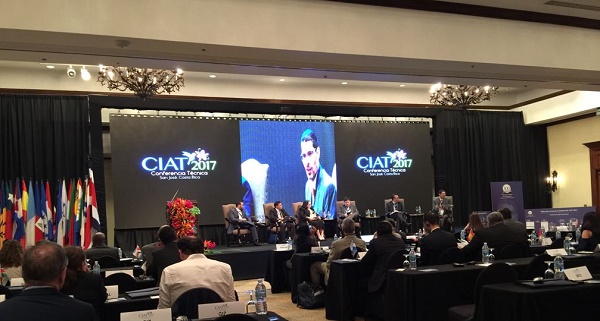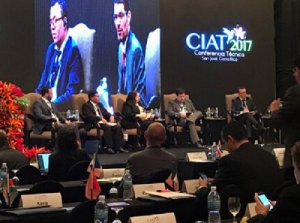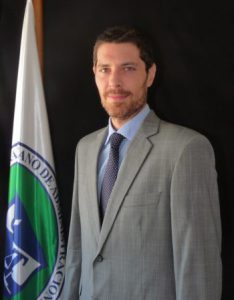The challenges of tax administrations in Latin America

The CIAT Director of Cooperation and International Taxation describes the challenges faced by the tax administrations of Latin America.

Isaac Gonzalo Arias at the CIAT Technical Conference held in San José, Costa Rica.
Perhaps “heterogeneity” is the term that best defines Latin America (LA), both because of the geographical, economic and cultural differences between countries, and inequality in the level of development of their populations. It is not easy to define common challenges for their tax administrations (TAs). The region is home to world class TAs, and others that show significant weaknesses, while the Inter-American Center of tax administrations (CIAT) has the mission of working to reduce the existing gaps in their levels of development.
Although there are some regional harmonization tools- models, manuals, proposals – tools, in the field of tax policy little has been harmonized. For example, the CIAT-IDB-GIZ Tax Code represents a regional model, which aims to motivate reforms towards “balancing the playing field”. In International Taxation [1], transparency and exchange of information [2], a harmonization process arising from global initiatives is underway. This process is a challenge for the region. However, it is born from the experience of developed countries and not of LA. This process, I would call it “imported harmonization“.
The AT of LA improved mainly thanks to the use of technology and a greater political support by their Governments. According to data from the CIAT, since the 1960s, the tax revenue of the Central Government have presented a positive trend, rising from 9.7 (1960) to 16.2 (2014) points of GDP, being this last value of the highest recorded in the referred period.
The great challenge faced by TAs is in “making more with less”. To this end, it is necessary to guide efforts in those areas where there is risk of non-compliance; with the aim of classifying them, prevent their occurrence or managing them. The challenge is to strengthen various processes and integrate them into a single platform – e.g.: access and management of information, taxpayers’ registry, current tax account, billing systems, service to the taxpayer, research, audit, levy, collection, initiatives of cooperative compliance, etc.-. In this area, the use of advanced technological solutions makes a difference. To not fail in the attempt, proper planning is essential, where critical areas must act in a coordinated manner, even with actors from beyond the borders of the TA.

Isaac Gonzalo Arias is Director of Cooperation and International Taxation of CIAT.
Adequate monitoring of tax incentives contributes to this purpose. According to CIAT, they represent on average 4.6 DDP points in LA (2012), which is a significant number. The proper implementation of agreements to avoid double taxation is also a challenge. This latter issue is not currently relevant for all, but gradually the LA countries expanding their networks.
The strengthening of the legal infrastructure represents a pending issue for many LA countries. Currently, tax planning is sophisticated, leaving a thin border between avoidance and evasion. It is complex for TAs to enforce general and specific anti-abuse standards. In addition, it is appropriate to consider strategies to avoid litigation and pay attention to the capacities of the courts in charge of tax matters.
To meet these challenges, political commitment, dialogue and cooperation among peers, international support, investment in resources to the TAs, and above all the tax transparency, are essential. In this context, the recent cooperation agreement signed between CIAT and FIIAPP to promote the exchange of experiences, expertise and good practices between TAs of the European Union and Latin America, as well as between the administrations of Latin America in the framework of the EUROsociAL programme +, represents an opportunity for the TAs of LA.
[1] Inclusive BEPS framework
[2] Standard on transparency and exchange of information
Source:Originally published on the FIIAPP website (October 6, 2017)
2,423 total views, 2 views today
